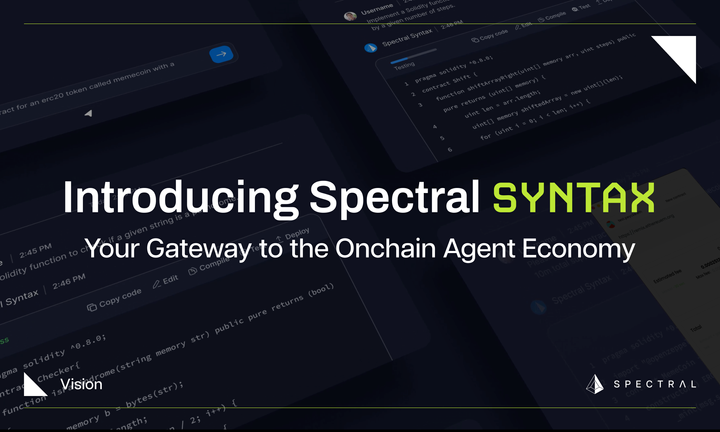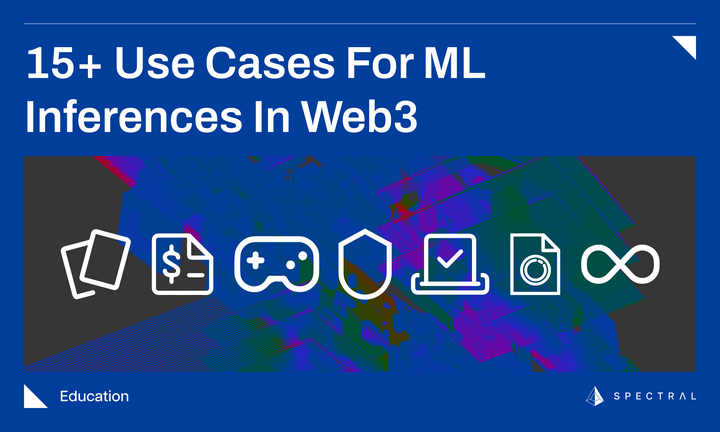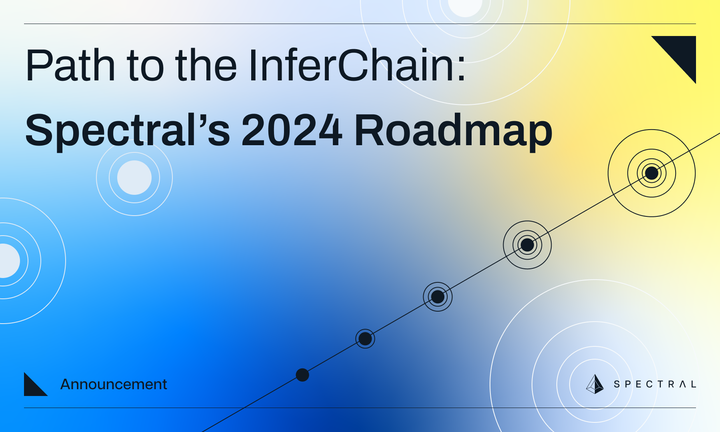Proper Care and Feeding of DAOs
DAOs combine human factors with smart contracts and decentralized decision-making. Risk comes in many forms. Internal, external, systematic. The first in a series of DAO-related articles from Spectral.
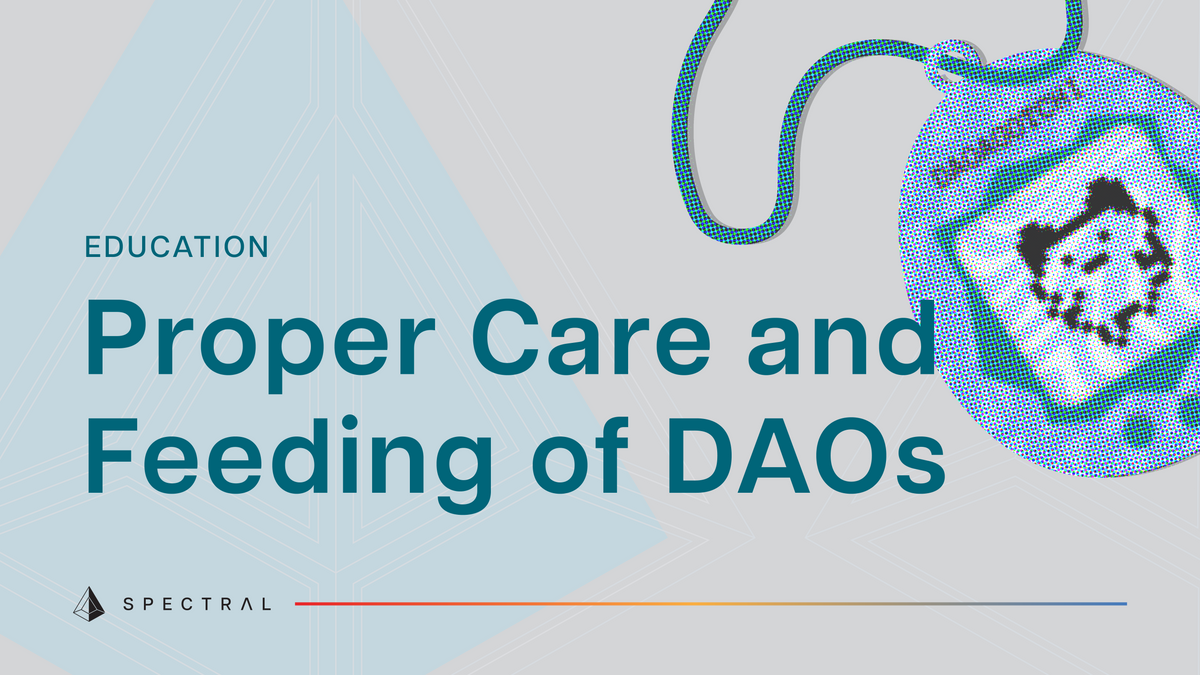
This is the first in a series of articles about financial reputation and decentralized autonomous organizations. This one, our first, includes an interview with VitaDAO, and focuses on treasury management within DAOs, financial reputation, and identity. Future articles will explore the subjects in greater depth.
Mathematician Rudy Rucker imagined robots on the moon in his 1982 novel Software, competing against one another to upgrade themselves before becoming hopelessly obsolete–and early on in web3, the “living” taxi cab was a favorite thought experiment for Bitcoin. An autonomous taxi picks up fares and pays for its repairs until the repairs cost more than the cab can produce and it sells itself for scrap.
DAOs haven’t been quite so Darwinian in practice. They seem to have lost the autonomous angle and most are essentially distributed groups of human beings coordinating through a smart contract and tokenized voting. If anything, they took a more egalitarian path, becoming social clubs formed around NFT projects or collections, coordination machines for audacious projects, democratically balanced stablecoins, or other mission-oriented organizations. Which isn’t to say there wasn’t profit to be made. Consensys, Hackernoon, Coindesk, Cointelegraph, all dubbed 2022 the year of the DAO and price of tokens representing tooling companies spiked. But then Terra and FTX happened, and like everyone else, by summer time DAO-related tokens were behaving like yesterday’s meme coins.
Our onboarding partner, Catapult, put it lightly: “2022 was a difficult year for DAOs.” By crypto winter, DAOs seemed dead.
2022 was supposed to be the Year of the DAO.
— Catapult (@getCatapult) January 10, 2023
So we spent countless hours talking with Web3 builders and community leads, analysing data + resources... to see what happened, curate top trends, and understand hopes for 2023.
Are you in Web3 communities?
HT, This one's for you. pic.twitter.com/h2fOAk3yZd
Think of it as a stress test. The space is teeming with life, according to DeepDAO’s last look, there are probably more operating now than ever before.
Communities that lacked a proper governance structure or responsible treasury management or a solid mission or core community deteriorated and often fell apart. But with proper care and attention, particularly to its treasury and community, a decentralized organization can mitigate many risks and won’t end up a dried-up husk from the Malthusian competition in web3.
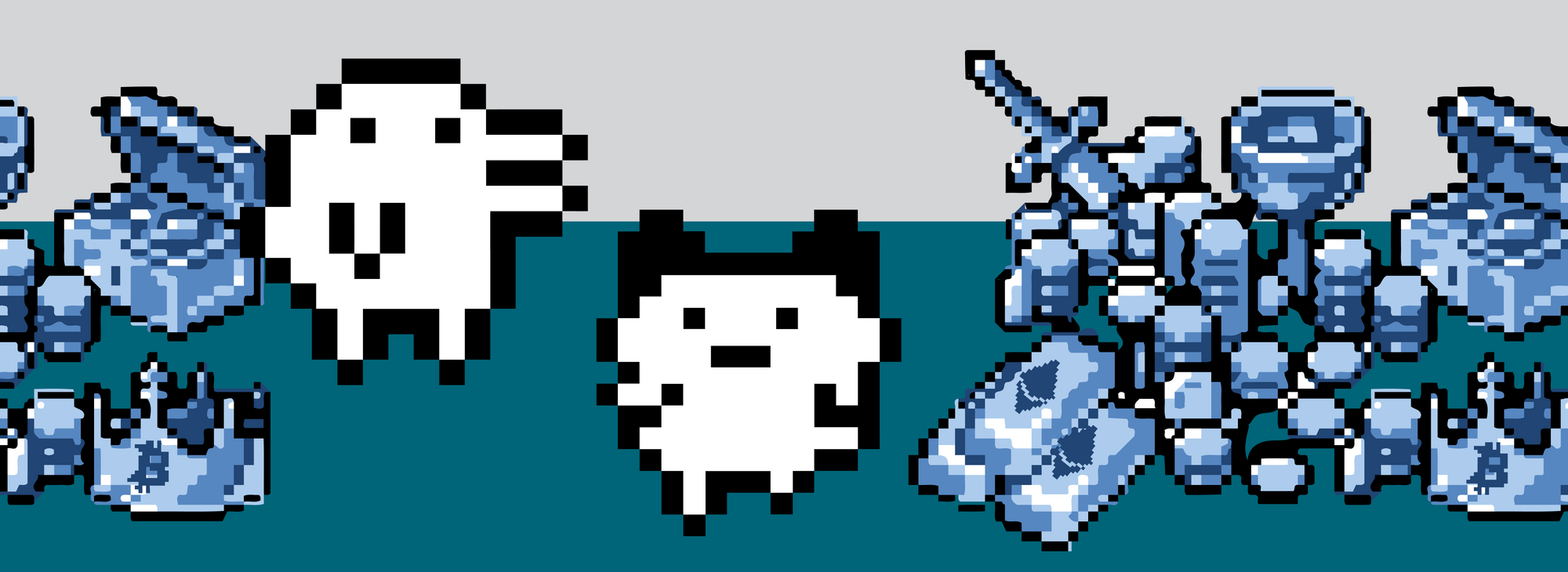
Frameworks for understanding risk in decentralized communities
Decentralized autonomous organization (DAO) ethnographer Kelsie Nabben identifies two perspectives on risk within DAOs. A comparative economic framework and a resilience framework.
“Blockchains need public goods but they don’t have governments,” writes Darcy Allen, an economist at RMIT. “And so blockchain communities often create a treasury: a pool of collectively-owned cryptocurrency for the purposes of funding public goods.” He uses the Institutional Possibility Frontier (IPF), a convex curve of weighing how to ameliorate two social costs: “the costs of dictatorship that arise from state expropriation of property (e.g. excessive taxation or force), and the costs of disorder that arise from private expropriation of property (e.g. theft, violation of contracts).”
How a DAO’s treasury functions can be mapped along a convex curve between the two. Maximizing dictatorial control over a DAO would mean a founder-controlled contract, ceding some control to an elected foundation would mitigate the risk of the founder rugging the project, a step further would be a committee multisig with opinion voting, a step further would be to grant complete control over the treasury to the DAO and finally leaving a treasury entirely open. As a DAO matures, it can move along the graph; most DAOs begin under the control of a single founder but gradually cede control of the treasury as the population expands and more stakeholders get involved.
Nabben views risk management as multi-scale. DAOs are “not just seeking to self-govern against external forces, but [balancing] individual and collective autonomy, and there are inherent trade-offs between individual autonomy and participation in a community.”
She considers multiple factors, not least of which is the population itself. One model she created of resilience assessment considers the scale of threats and opportunities on an individual, organizational, and macro scale, divided by social and technological axes, on an endogenous and exogenous field. Cybersecurity, sybil attacks, and hackers might be exogenous threats/opportunities, for example, while on the social side, regulatory burdens could be seen an exogenous threat. The effect is to create a dynamic, overlapping risk profile.
To address the way that a DAO evolves along with its community, projects and organizations like Aragon, BlockScience and the Media Enterprise Design Lab at CU Boulder have created modular organizational systems. These allow DAOs to bolt on different parts of a community or corporation, creating individualized organizational structures as it evolves.
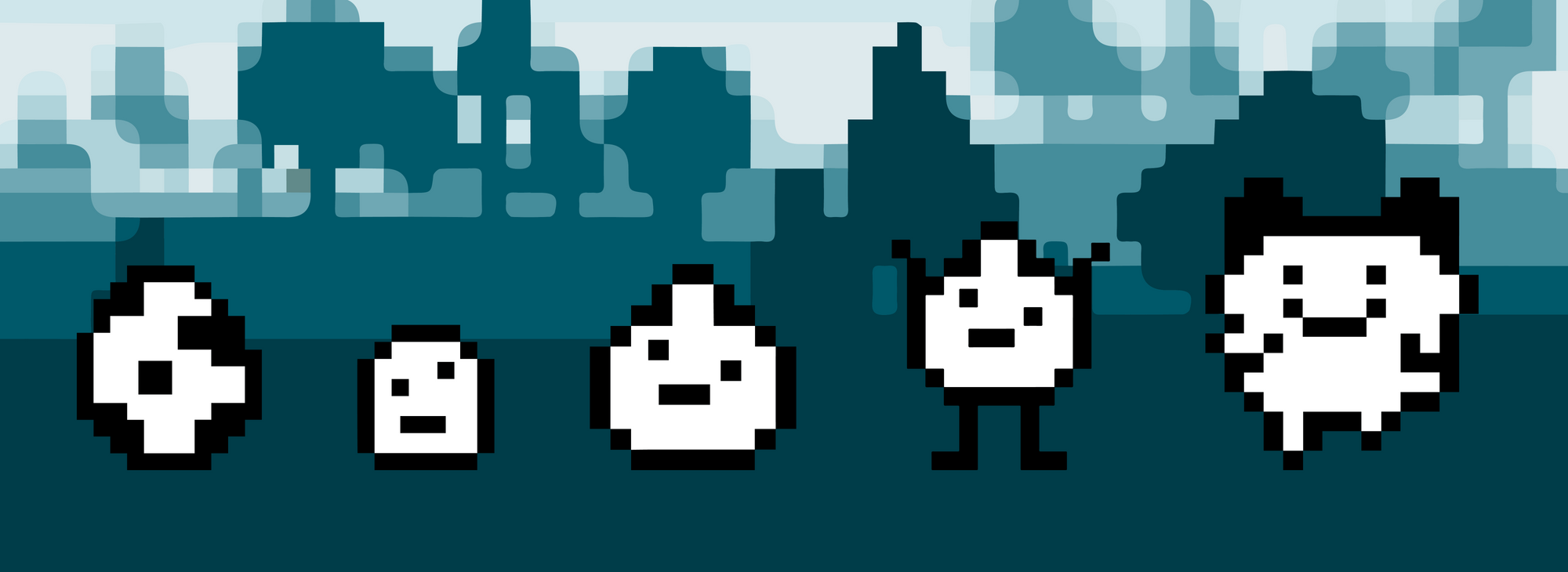
Risk management in a DeSci community: VitaDAO
Spectral Finance spoke to Todd White, operations steward at VitaDAO, which is a DAO dedicated to funding longevity research.
“The government has traditionally funded biomedicine,” White says, “but what we’re doing at VitaDAO and what you’ll increasingly see permeating the space is the idea of Balaji Srinivasan’s Network State, essentially communities replacing government functions.”
While the projects VitaDAO funds are at the cutting edge of science, from using machine learning to hunt through existing medical records for potential life-extenders to reversing periodontal disease and Alzheimer’s, they take a conservative approach to treasury management, which reflects their funding model. Since projects are funded on a milestone basis, a predictable cash flow is paramount.
“Unlike some DAOs we interact with a lot of real-world institutions,” says White. “So we’re fairly conservative. At the moment we’re keeping about 80 percent of our funds in USDC [a dollar-pegged stablecoin], although we’ll probably convert some to staked Eth.”
They’ve dabbled with a few riskier instruments in the past, but prioritize stability and longevity (as befits their mission). “From a treasury management perspective,” White says, “Next to the DeFi space, we aren’t particularly exciting. There’s a lot of support for longevity research in the web3 community so it’s excellent for fundraising.”
Governance is a balance between flexibility and security. “Any two stewards can sign off on a $10K payment,” says White. Larger payments involve larger groups of VitaDAO community members. “VitaCore–a larger group of stewards and advisors–sign off on payments larger than that, and beyond $50K, on-chain governance kicks in.”
While VitaDAO does have a token, almost all of their funding comes from donations. Tokenomics has little bearing on their treasury planning.
“$VITA is a governance token,” White says, “although we are working on putting additional value and utility on that token: having it gate experiences, opportunities, and access.” They’re creating a fund for accredited investors who will be allowed to participate provided they own $VITA tokens.
Due diligence is a regular part of doing business for VitaDAO. Most parties are fairly well known to one another, but given the sums of money involved in funding research, they have full know-your-customer (KYC) and anti-money laundering (AML) protections in place. Also in the works are IP NFTs, an innovation created by MoleculeDAO that wraps intellectual property rights around a non-fungible token, and, provided the US-based legal team can find a way, fractionalized ownership of those NFTs.
Risk Management and Financial Reputation in DAOs
Risk management for most North American and Europe populations involves creditworthiness assessment, usually delivered in the form of a credit score like America’s FICO. Spectral’s mission is to build web3’s financial infrastructure. Creditworthiness assessment for decentralized organizations is one of their first projects.
“We’re discussing what a DAO rating should look like,” says CEO Sishir Varghese. “Would a credit score like the FICO rating in the US, which is geared toward individuals and small businesses be more useful than a credit rating like Moody’s?”
Solving creditworthiness for DAOs would unlock financial tools that allow traditional businesses to borrow capital for everything from buying inventory to reinsurance. “Essentially we’re trying to solve collective creditworthiness,” Varghese says. “In traditional finance, the parameters for what defines good creditworthiness are well defined, but how do we create parallel parameters for a DAO? How do we weigh the exotic financial strategies they use like staking or buying NFTs?”
There are two basic narratives with respect to the creditworthiness assessment of communities, says Spectral CMO Luca Vento Jorge. “The first is that you can aggregate the credit score of all individuals in a community to compute the DAO’s risk rating (or creditworthiness), which will take the form of a credit rating.”
Spectral has created a product called the MACRO Score, a FICO-like human readable number, which provides this.
“The other way is to move away from an individual risk rating, and to appraise a treasury through its core team multisigs, where funds are actually held, and provide a community with more transparency on how risky a core team’s decisions are,” Vento says. When it comes to assessing risk in organizations, Vento leans toward the latter. “Risk assessment requires different signals and data frameworks to adjust to them.”
This is why Spectral is “unpacking” its MACRO Score and using the 90-odd features that encompass it to develop data packs, streams of specialized data covering millions of Ethereum, Polygon and Avalanche DeFi, and NFT transactions.
Spectral recently began a Discord thread allowing the community to discuss potential use cases for on-chain creditworthiness and fraud intelligence.
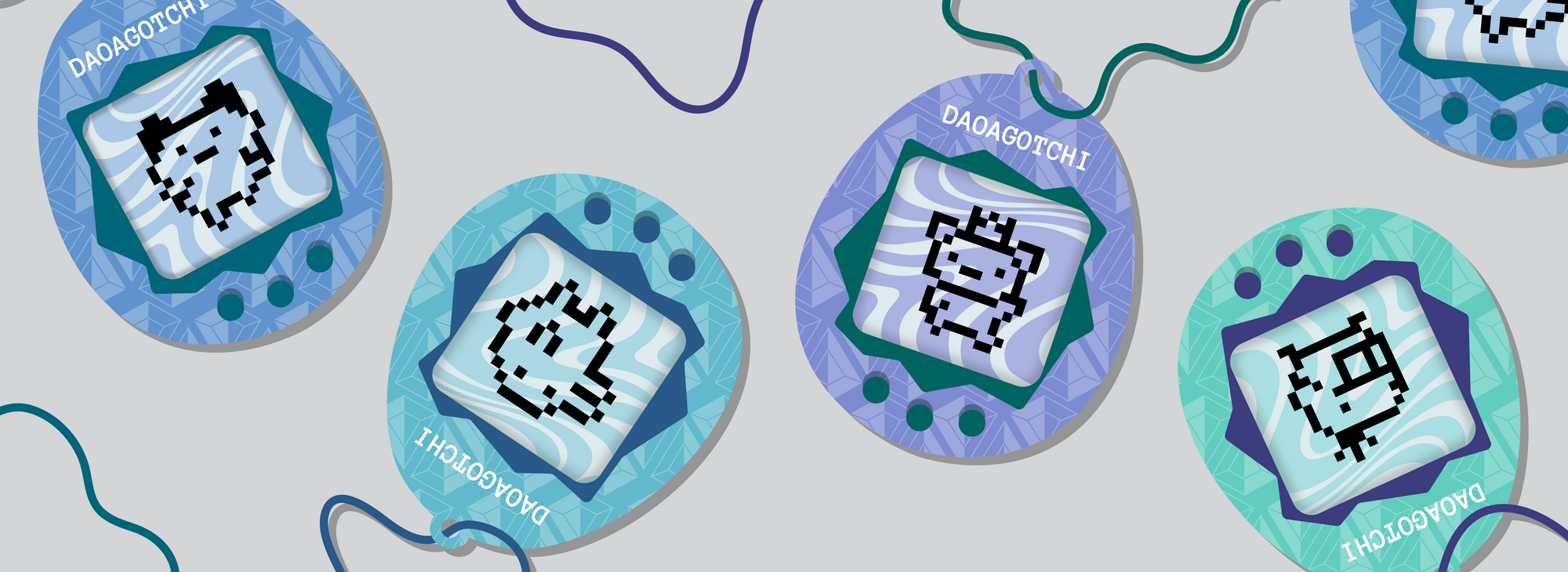
Considering Reputation and Identity within DAOs
Resources alone do not a decentralized autonomous organization make. The community using those resources is just as important, if not more.
Elijah Spina draws a parallel between reputation within a community and their contributions. “The power of an individual is equivalent to their reputation,” he writes, “and reputation is equivalent to contributions; contributions can be enumerated, measured, and quantified. Doing so allows a DAO to create a fully transparent, trustless, and equitable governance.”
Tools like SourceCred and Coordinape allow communities to define the parameters for what a good contribution is and then they apply a PageRank algorithm to their communities, paying contributors according to their rank.Culture, reputation, identity, and contribution are closely bound, and other researchers tend toward a more complex understanding of the issue.
The Dissensus Protocol: Governing Differences in Online Peer Communities looked at GenesisDAO, a community that had grown around DAOStack, which “comprised [of] highly motivated groups that have formed around a set of ideas around governance, rather than governance being a means to achieve some shared mission.” Groups need to develop coherence and trust before strangers start forking over money and making decisions together.
“Ultimately,” Gnosis Guild’s Kei Kreutler writes, “what the narrative of self-sovereign identity misses, is that identity is always inherently relational, defined in relation to the environment, authority, and self.” She hopes DAOs can move away from techno fetishization, toward a view of themselves that incorporates a “wide range of cultural patterns, practices, and influences.”
To do so they must “cultivate compelling environments players want to inhabit, recognizing narratives, aesthetics, and goals held in common.” Digital identity isn’t separate from real life, but rather, exists on a spectrum. Identity within DAOs should be composable and modular, and the intangible contributions to DAOs, the culture, aesthetics, and origin stories are as important as key performance indicators and lines of code written.
Gnosis offers a multisig, which is a wallet designed for a web3 organization such as a decentralized autonomous organization (DAO) to create a treasury. By requiring multiple signatures to make each transaction, multisigs allow users to safely combine finances by placing them under collective control.
Multisigs have a couple of major disadvantages for organizations, however. Most decentralized applications can’t handle a multisig transactions, usually because a multisig relies on coordinating human beings, which tends to take time. An identity token such as an NFC or a soulbound token could offer. It can be bundled, creating a financial reputation token that not only takes into account all transactions that the bundled wallets have made but also provides a single source of truth – which developers could use to easily allow transactions from a multisig.
Building Spectral Data Packs and the Scoracle Network
Spectral believes the flexibility DAOs offer groups of geographically dispersed people and the ability to rapidly and effectively coordinate are essential for bringing DeFis most altruistic goals, such as banking the unbanked and addressing financial inequality to life. But they need the proper tools to be able to do so.
DAOs currently lack a standard for identifying who is in a DAO and what it does. Although efforts are underway to create a standard (e.g. DAOStarOne) similar to those that exist for NFTs, DAOs remain a bit of a mystery, often to themselves.
Intelligence can be useful. Spectral offers composable streams of data, derived from its own Ethereum node and multiple feeds from The Graph and other raw data processors to give actionable insights about transactions and creditworthiness in greater detail than the more abstract and human-readable MACRO Score.
Spectral is working to become fully decentralized. The first step is creating the Scoracle network. The idea is that creating a financial infrastructure that is transparent and accessible requires distributing the efforts of assessors and auditors, specifically, when it comes to creditworthiness assessment, ML models determine a wallet’s risk.
During the DAO Global Hackathon in Spring 2023, Spectral will be looking for teams of superb developers to develop use cases and tooling that involves the data packs. Aragon recently released an article describing the future of DAOs and DAO tooling powered by artificial intelligence, which we find particularly inspiring.
The future of DAOs is very much up in the air. That there were so many created during one of the darkest DeFi years in recent memory suggests tremendous health and opportunity. The question is where will it come from. Perhaps you can help us find out. The next article in the series will dive deeper into the question of identity and reputation. Does it matter who contributes to a DAO with you?


